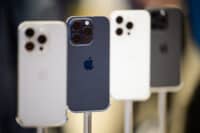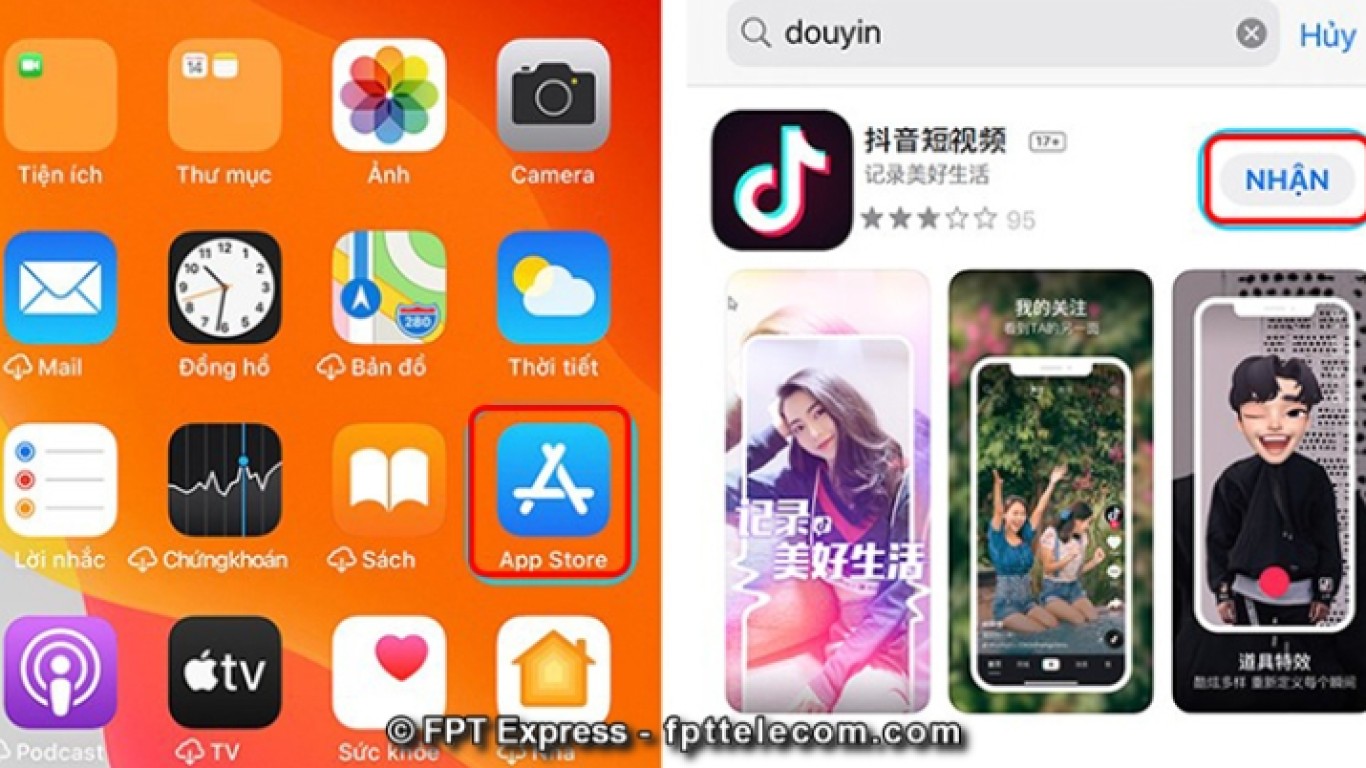
Robinhood Markets Inc. (NASDAQ: HOOD) isn’t the only stock exiting its quiet period Monday, but it may be the most closely watched. Before markets opened, at least 10 brokerages had issued initial ratings for the investment app maker, joining three others that had already staked out positions.
A quick review of the share price action since the company’s July 29 IPO may be instructive. The stock added more than $2 early on the IPO date but closed down almost 8.4% after setting what is still its post-IPO low. Four days later, the stock posted its post-IPO high. The next day, the shares dropped by 27.6%, and after bouncing around in a range of around plus or minus $6, the stock closed at $42.64 on Friday, up 12.2% from the IPO price.
Of the 13 ratings so far, only one rating is Underperform, five are the equivalent of Hold and seven rate the stock as a Buy. There are no Strong Buy ratings. That’s an average tilted toward right between Hold and Buy. In Aldous Huxley’s words, “You pays your money and you takes your choice.”
Here are some comments from Monday morning’s ratings on Robinhood.
Goldman Sachs rates the stock at Neutral with a 12-month price target of $56.00, an upside potential of 31.3%. Overall, here is the firm’s view:
We believe HOOD is well positioned to continue to see best-in-class user growth, leveraging its innovative referral program and strong word-of-mouth customer acquisition. In addition, we expect HOOD to increasingly focus on cross-selling its already considerable user base with additional financial services products …
Goldman Sachs bases its price target on an estimated 14 times 2023 enterprise value-to-sales (EV/S) multiple, derived from the estimated 2022 EV/S multiples of the traditional brokerages and “trading oriented” competitors like Interactive Brokers and Coinbase, along with “more fintech oriented” firms like Square and Paypal. For Goldman Sachs, “Key downside risks include lower retail engagement, regulation of payment for order flow, and greater competition for new customer acquisition. Upside risk include[s] higher attach rates on new products or a significant increase in retail engagement levels.”
Barclays initiated the stock with an Equal Weight rating and a $50 price target, representing a potential upside of 17.3%. The analysts choose to ignore the argument over Robinhood’s payment for order flow (PFOF) model and asks the question, ” [I]f we were a growth investor who doesn’t really care about valuation (i.e., a VC), would we back this company? The answer is a resounding ‘yes.'”
The analysts also note “one of the best engineering teams” in fintech, “zero risk” that Robinhood will get bigfooted by the likes of Amazon, Google or Facebook, and “some of the best unit economics and growth profile of any category leader we observe.”
Citigroup initiated coverage with a Buy rating and a $63 price target (upside potential of 47.7%), second only to Mizuho’s $68 price target (upside of 59.5%). The analysts do not expect Robinhood’s growth slowing but think that already has been “embedded in consensus estimates.” As for regulatory risk, that “is unlikely to be material in our view.”
Mizuho, of course, also rates the stock a Buy, commenting that it does not view Robinhood “as a meme stock phenomenon, but as a singularity that captures Generation Z’s zeitgeist.” The analysts go on to say that they see a total available market of “500 million U.S. bank accounts, 2x ARPU [average revenue per user] upside potential, … [and] … sustained 40-50% two-year growth.”
KeyBanc Capital Markets initiated coverage with an Overweight rating and price target of $55, reflecting an upside potential of 29%. The analysts are particularly keen on Robinhood’s aim of “democratizing investing for an emerging generation en route to establishing a more fully-fledged FinApp leveraging disruptive technology principles [and] effectively bending the CAC [customer acquisition cost] curve (<1/10th) driven by viral internet-like scaling in a ~$60T [total available market].”
JPMorgan is the lone dissenter, initiating coverage with an Underweight rating and price target of $35, a potential downside of about 18%. The bank’s analysts “do not see growth as sustainable and we question the ability of the company to generate competitive margins over time given the focus on such small accounts that have limited room to be profitable.” JPMorgan also downplays Robinhood’s chance of being the “next mega-app,” commenting that the company’s position is “inferior to larger existing participants that have been able to leverage peer-to-peer and payments technology to build and leverage a compelling network.” Market participants like JPMorgan no doubt.
Here’s a rundown of other Monday initiations on Robinhood:
- Rosenblatt Securities: Buy, $55 price target
- Piper Sandler: Neutral, $47 target
- JMP Securities: Market Outperform, $58 target
- Deutsche Bank: Hold, $45 target
The following firms had initiated coverage earlier:
- Atlantic Equities: Overweight, $65 target (initiated July 29)
- Wolfe Research: Peer Perform, $45 target (initiated August 5)
- Redburn: Buy, $65.35 target (initiated August 17)
Robinhood stock traded up about 4.8% at $44.70 shortly after the opening bell Monday. The stock’s post-IPO range is $33.25 to $85.00. Based on these 13 price targets, the average target is $54.41.
Are You Ahead, or Behind on Retirement? (sponsor)
If you’re one of the over 4 Million Americans set to retire this year, you may want to pay attention.
Finding a financial advisor who puts your interest first can be the difference between a rich retirement and barely getting by, and today it’s easier than ever. SmartAsset’s free tool matches you with up to three fiduciary financial advisors that serve your area in minutes. Each advisor has been carefully vetted, and must act in your best interests. Start your search now.
Don’t waste another minute; get started right here and help your retirement dreams become a retirement reality.
Thank you for reading! Have some feedback for us?
Contact the 24/7 Wall St. editorial team.
 24/7 Wall St.
24/7 Wall St.



